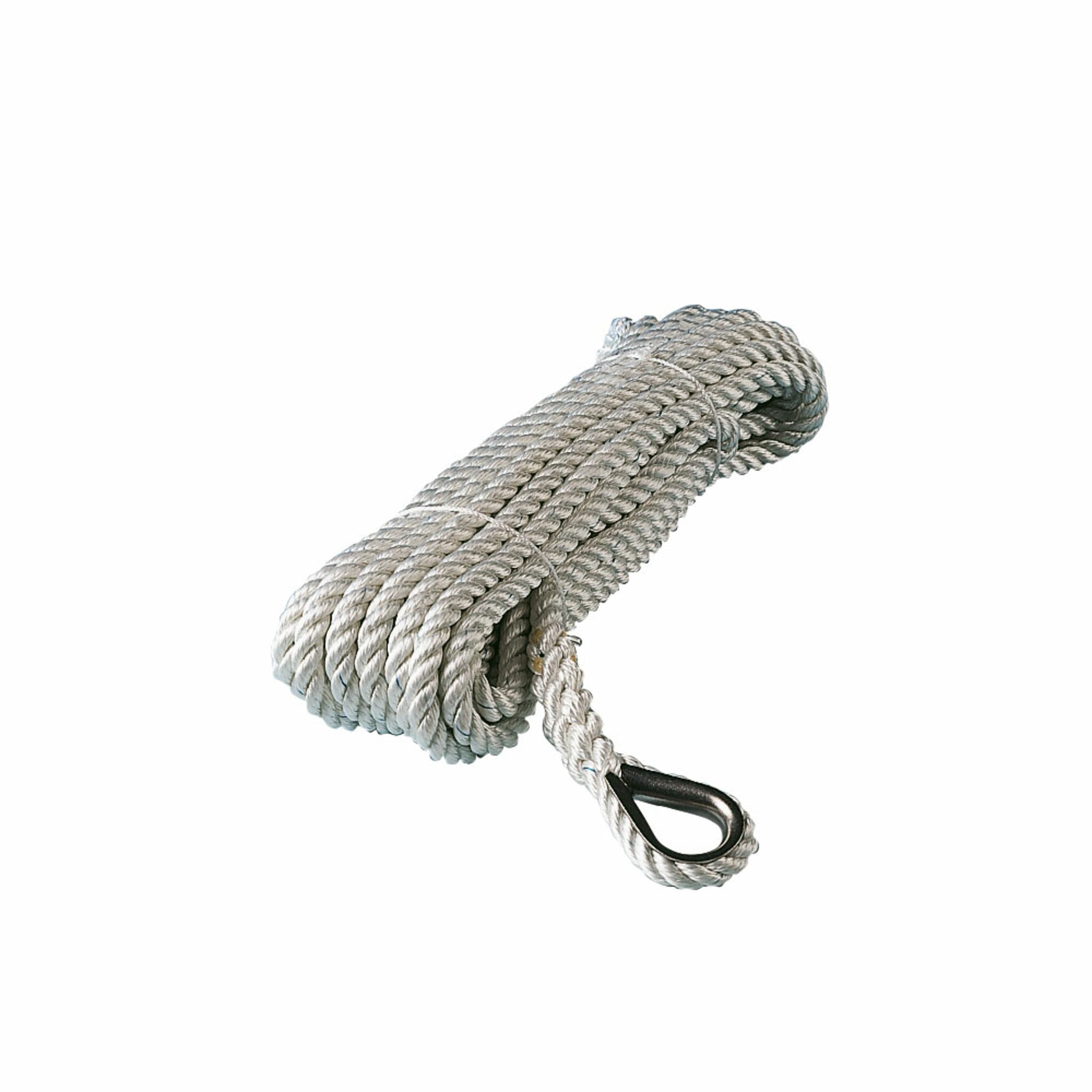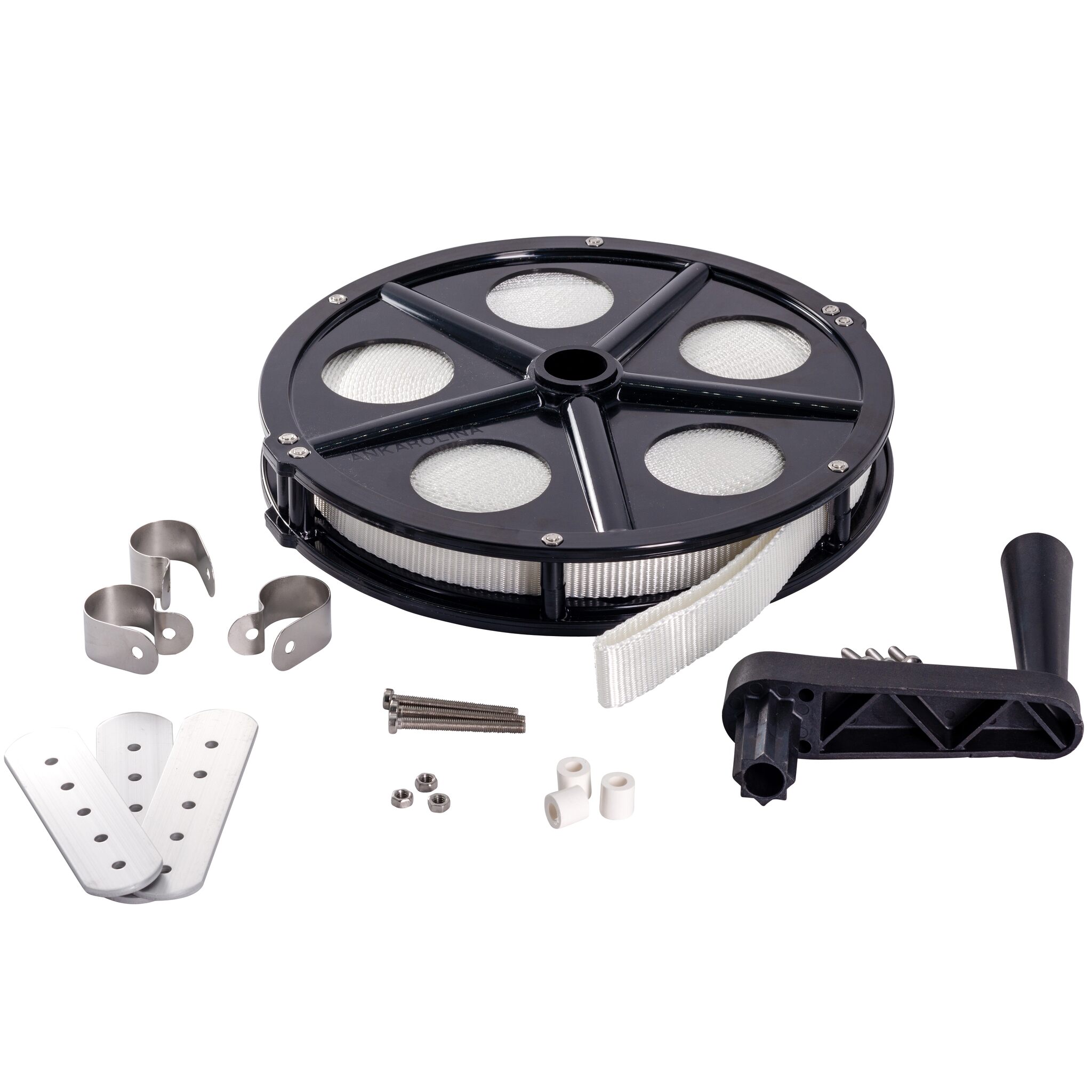Anchor lines
Anchor lines or anchor chains are part of the equipment on board a ship. They are essential to safely anchoring by connecting the boat to the Anchor. While larger vessels are usually moored with anchor chains and use anchor lines for a secondary anchor, smaller yachts and sailboats predominantly use anchor lines because they are handier and take up less space. When purchasing a reliable anchor line, in addition to the sufficient length and strength of the line, attention should be paid to good quality, in order to exclude nasty surprises in heavy seas and bad weather.
Right mooring & anchoring
To anchor safely, the first thing to consider is the weather forecast, tides and currents. A suitable berth is best found by carefully sounding out the water under slow speed. After a good spot is determined, the boat is stopped to drop the anchor. Then, while moving backwards, the line or chain is released in a controlled manner and tracked until the anchor is firmly buried in the bottom.
In strong winds or swells, enough line must be let into the water to prevent the anchor line from breaking. A proper measurement is crucial here, because if the anchor line is too long, the boat will move too much and could collide with neighboring boats. The decisive factor for the line length is the water depth in addition to the wind strength. For example, the ideal length of the anchor line at a wind force of 3 Beaufort and a water depth of less than 10 meters is three times the water depth. If the depth is over 10 meters, the line length is at most five times the water depth. In stronger winds, the anchor line is extended even further to five times and seven times the water depth, respectively.
What determines the diameter of anchor lines?
In addition to the optimum length, the correct diameter of the line is decisive. This is based on the length and weight of the boat, as both have a decisive influence on the holding force. The longer and heavier the boat, the stronger the diameter of the anchor line should be. The diameter of anchor lines ranges from 10 mm for small boats to 28 mm for large vessels over 20 meters. Small boats up to 6 meters in length can manage with a diameter of 10 mm. For larger sailboats up to 8 meters and weighing up to 2 tons, 12 mm is sufficient. At a weight of 4 tons, a diameter of 14 mm is needed, at 10 tons 16 mm, and so on. In addition, the tensile strength of the anchor line is important, as this is often many times lower in poor quality with the same diameter. In addition, it should be borne in mind that a thinner line is quite uncomfortable to handle.
Anchor lines made of polyester & stainless steel
Anchor lines are mainly made of three-strand braided polyester, which does not stretch and yet has sufficient elasticity. The material is also extremely resistant to tearing and abrasion. A thimble is often spliced into the end of the line, into which the anchor shackle is hooked. The thimble should be made of stainless steel to prevent chafing of the anchor line. The weight of the line can be increased by adding a chain leader. The latest development is an environmentally friendly processed lead anchor line, which is made of double braided polyester and has a lead insert of 10 meters.


